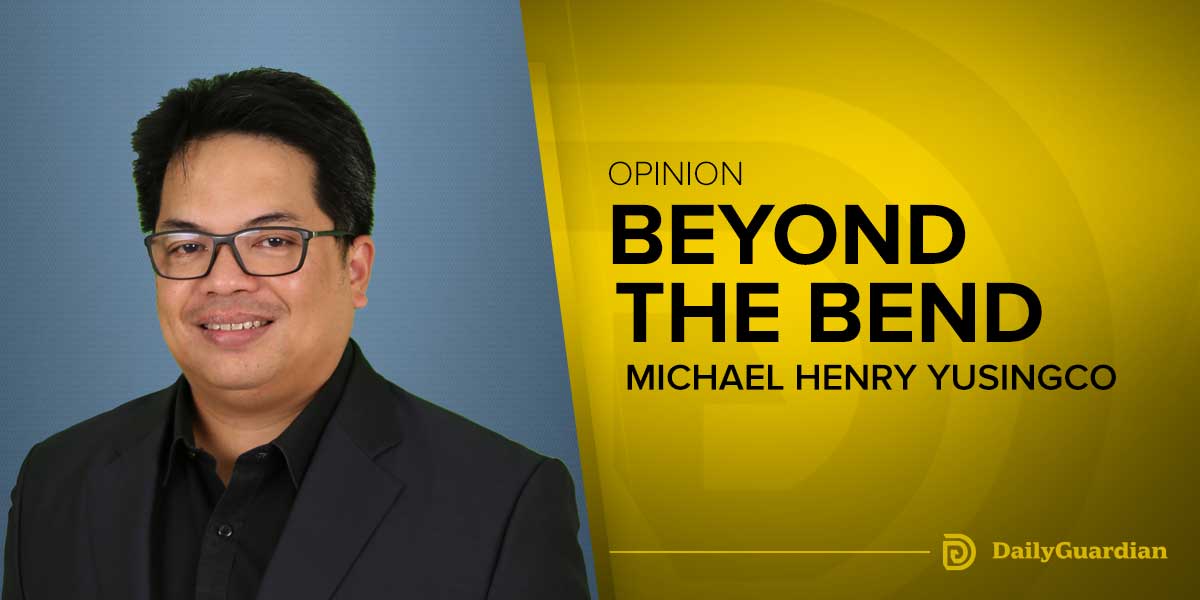 By Joshua Corcuera
By Joshua Corcuera
I wrote an opinion piece entitled “Social media sites must not allow historical revisionism” published last September 30 this year for the Daily Guardian. The article centered around social media platforms such as Facebook and YouTube being used and taken advantage of, to spread disinformation in an attempt for powerful people to advance their interests.
For this article, I would write on differentiating the terms historical revisionism and historical distortion. In discussing the difference between the two, it can be deduced that the opinion piece I contributed last end of September can be better titled as “Social media sites must not allow historical distortion.” Despite the technical terms, it is essential to briefly discuss, once again, how historical distortion occurs in social media.
First, it is essential to define the terms historical revisionism and historical distortion to be able to differentiate the two. According to Krasner (2019), historical revisionism is the reinterpretation of a historical account or narrative based on actual facts and aforementioned evidence. While according to Cristobal (2019), historical distortion occurs when historical accounts or narratives are changed to suit a personal agenda. It involves disinformation and lies to change history.
Take Magellan and Lapu-Lapu as an example of historical revisionism. When I was young, I knew that Lapu-Lapu killed the Spaniard. This is a common notion, especially for young people. As I grew up, however, it is considered that Lapu-Lapu is not the one who really killed Magellan. Rather, someone under Lapu-Lapu’s command was the one who ended the foreigner’s life. As we can see, thanks to historians and the evidence they accumulate, past events that are vague became clear as they were clarified. This can be considered as historical revisionism.
Another example would be the paralysis of Apolinario Mabini, one of the most renowned heroes in the Philippines. Today, it is widely accepted that the sublime paralytic or dakilang lumpo suffered from polio which caused his paralysis. This is thanks to a 1980 autopsy which corrected the historical narrative on Mabini’s condition. Prior to the conclusive autopsy, there were other theories as to the paralysis of Mabini such as syphilis which was later debunked. Based on the definition above by Krasner, this can also be considered as historical revisionism.
Moving on to the controversial part, the late dictator Ferdinand Marcos is often praised by many of his loyalists to this day. Some of those who spread misleading content and lies on social media. One example is that the Marcoses did not steal from state coffers even though several court rulings, at home and abroad, ruled otherwise.
There is also clear and compelling evidence of human rights violations during the martial law years but many loyalists either deny that this truly happened or defend the Marcoses from blame. There are even bloggers on YouTube who contradict historians when it comes to the controversies and atrocities committed by the Marcoses.
Worse, many people believe in bloggers rather than historians when it comes to history. To me, they seem like severely ill patients who believe more in the remedies suggested by quack doctors rather than licensed medical professionals. Obviously, since lies and disinformation are involved, claiming that there were no human rights violations or corruption under Marcos’ martial law is a form of historical distortion.
Altogether, social media played a role in the spread of disinformation on controversial topics. It is essential for ordinary people to be well-informed of historical truths and not to succumb to mere lies masqueraded as the truth. Even though some content may seem incredulous to some, there are some who believe in such. Hence, it is also important to fact-check friends and relatives who might share and believe in false information.





















